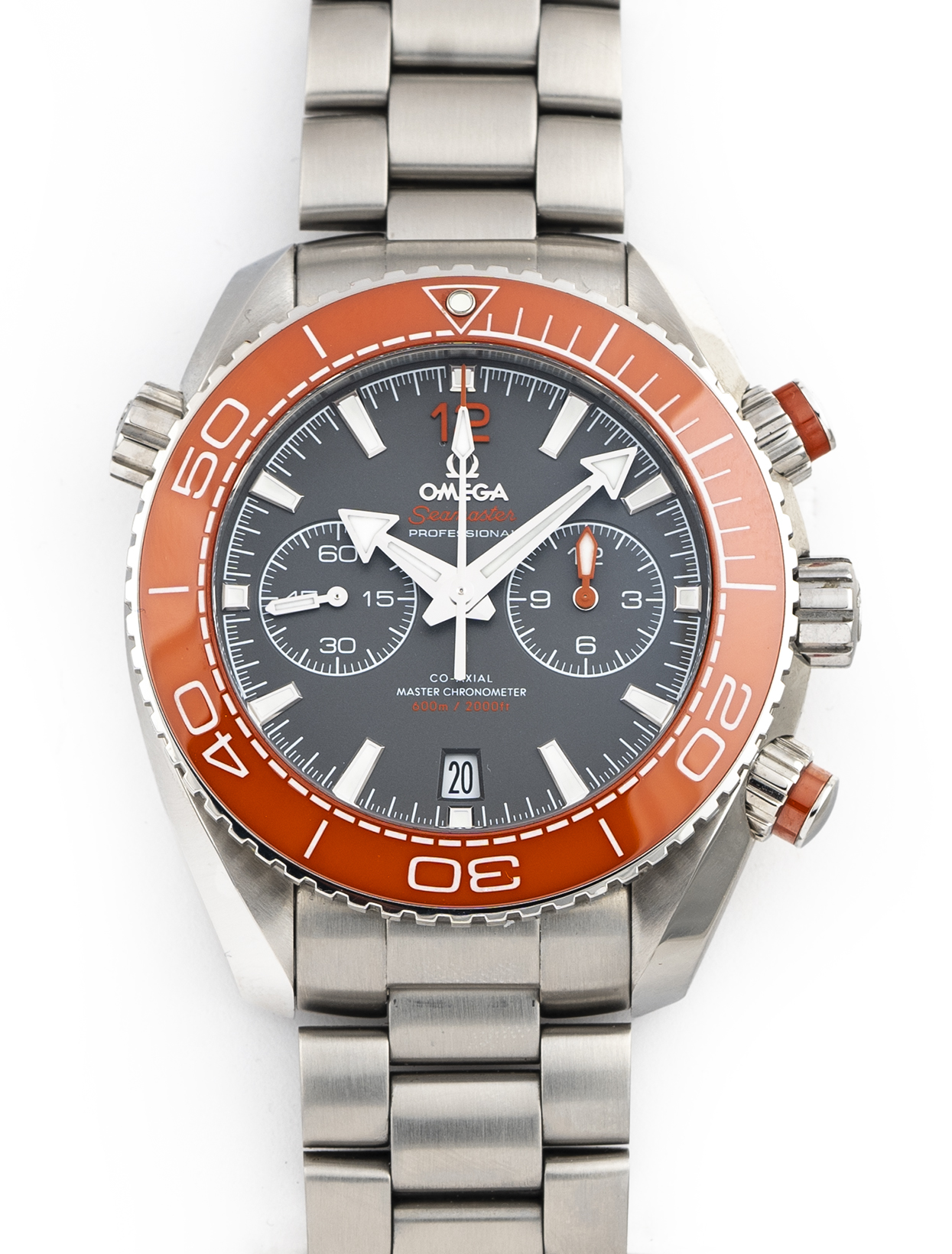Exploring Materials in Luxury Watches: Pros and Cons of Popular Choices

When it comes to luxury watches, the choice of materials plays a pivotal role in determining the aesthetics, durability, and exclusivity of a timepiece. Watchmakers continuously innovate with materials to achieve a perfect balance of performance and style. Below, we explore the most commonly used materials in luxury watches and their respective pros and cons.
Table of Contents
1. Stainless Steel
Stainless steel is one of the most widely used materials in luxury watchmaking, thanks to its durability and versatility.
Pros:
-
Durability: Resistant to scratches, corrosion, and tarnishing, making it ideal for daily wear.
-
Cost-Effective: While sturdy and stylish, it is less expensive than precious metals.
-
Versatility: Available in polished, brushed, or matte finishes, it suits both sporty and formal designs.
-
Low Maintenance: Requires minimal care compared to more delicate materials.
Cons:
-
Weight: Can feel heavier on the wrist compared to titanium.
-
Commonality: Lacks the exclusivity of precious metals like gold or platinum.

2. Gold (Yellow, Rose, and White)
Gold is a hallmark of luxury and is frequently used in high-end timepieces to convey opulence.
Pros:
Aesthetic Appeal: Its rich tones and shine add a sense of sophistication.
Prestige: Symbolic of wealth and status.
Variety: Different alloys (yellow, rose, white) provide options for various tastes.
Cons:
Softness: Gold is prone to scratches and dents unless alloyed with harder metals.
Cost: A significantly higher price point than materials like stainless steel.
Maintenance: White gold, for example, may require rhodium plating to maintain its shine.

3. Titanium
Titanium has gained popularity in modern watchmaking for its lightweight and hypoallergenic properties.
Pros:
Lightweight: Much lighter than stainless steel, ensuring comfort during extended wear.
Durability: Highly resistant to corrosion and extreme conditions.
Skin-Friendly: Ideal for those with metal allergies.
Modern Aesthetic: Often used in matte finishes, giving a sleek, contemporary look.
Cons:
Scratches Easily: Titanium is more prone to surface scratches compared to steel.
Higher Cost: Slightly more expensive than stainless steel due to its properties.
Limited Finishing Options: Lacks the shine and polish associated with steel or gold.

4. Platinum
Platinum is the epitome of luxury, reserved for some of the most exclusive timepieces.
Pros:
Rarity: Platinum’s scarcity adds to its value and allure.
Durability: Extremely resistant to tarnishing and corrosion.
Weight: Heavier than gold and steel, offering a substantial, premium feel.
Cons:
Cost: One of the most expensive materials used in watchmaking.
Softness: Despite its density, it is susceptible to scratches.
Weight: The heavy feel may not suit everyone.

5. Ceramic
Ceramic has emerged as a popular material in both sporty and avant-garde luxury watches.
Pros:
Scratch Resistance: Virtually impervious to scratches, retaining a pristine look for years.
Lightweight: Comfortable for daily wear.
Heat Resistance: Does not absorb heat, making it ideal for warmer climates.
Color Options: Available in various colors, from classic black and white to vibrant hues.
Cons:
Brittleness: While hard, ceramic can crack or shatter under significant impact.
Cost: Advanced manufacturing processes make ceramic watches relatively expensive.
Limited Repairs: Difficult to repair if damaged.

6. Carbon Fiber
Used in cutting-edge designs, carbon fiber is lightweight and visually striking.
Pros:
Lightweight: Extremely comfortable on the wrist.
Strength: Resistant to impacts and extreme conditions.
Unique Appearance: Its textured patterns and finishes appeal to modern tastes.
Cons:
Cost: Advanced technology increases production costs.
Limited Tradition: Lacks the heritage and timeless appeal of materials like gold or steel.

7. Sapphire Crystal
While primarily used for watch crystals, some manufacturers incorporate sapphire in the case or bezel.
Pros:
Scratch Resistance: One of the hardest materials available, second only to diamond.
Transparency: Offers exceptional clarity, enhancing the watch’s aesthetics.
Durability: Resistant to wear and tear over time.
Cons:
Brittleness: Can shatter under significant impact.
Cost: More expensive than mineral glass or acrylic.

Conclusion
The choice of material significantly influences the overall experience of a luxury watch. While stainless steel and titanium offer practicality and durability, gold and platinum epitomize tradition and prestige. Meanwhile, ceramic and carbon fiber bring modernity and innovation to the table. Understanding the pros and cons of each material ensures you select a timepiece that aligns with your lifestyle and preferences, making your investment truly worthwhile.
Let Capturing Watches Help Your Business Thrive
In today’s competitive watch market, standing out is crucial. At Capturing Watches, we specialize in expert watch photography, consulting, and optimization services tailored to your unique needs. Showcase your inventory with stunning visuals and optimized strategies to capture your audience and boost your sales.
Contact Capturing Watches today!
Disclaimer: Capturing Watches operates independently and is not affiliated with Rolex or any other luxury watch brands.
Share this blog
If you’re interested in having us handle your e-commerce photography, please contact us today.






